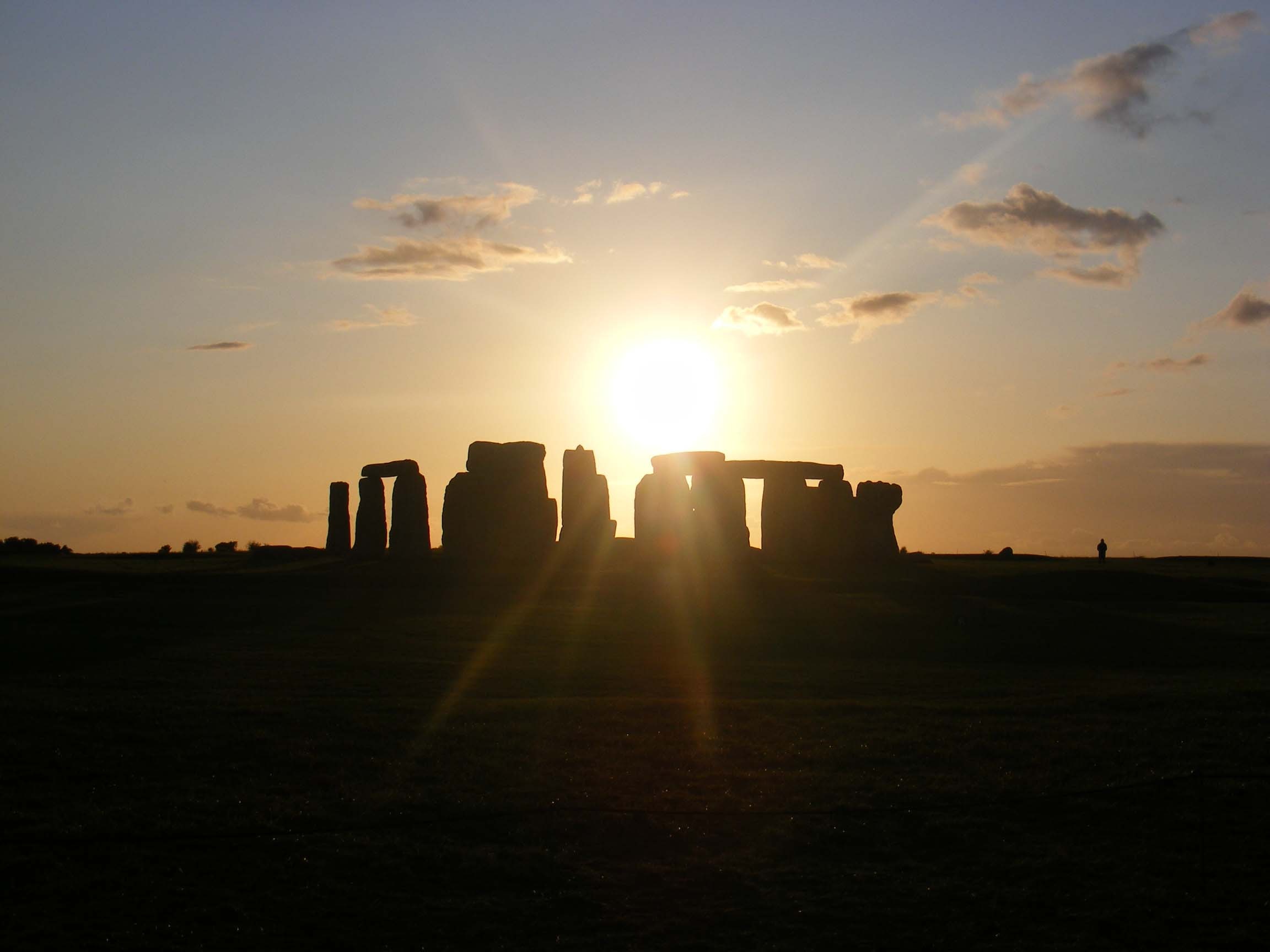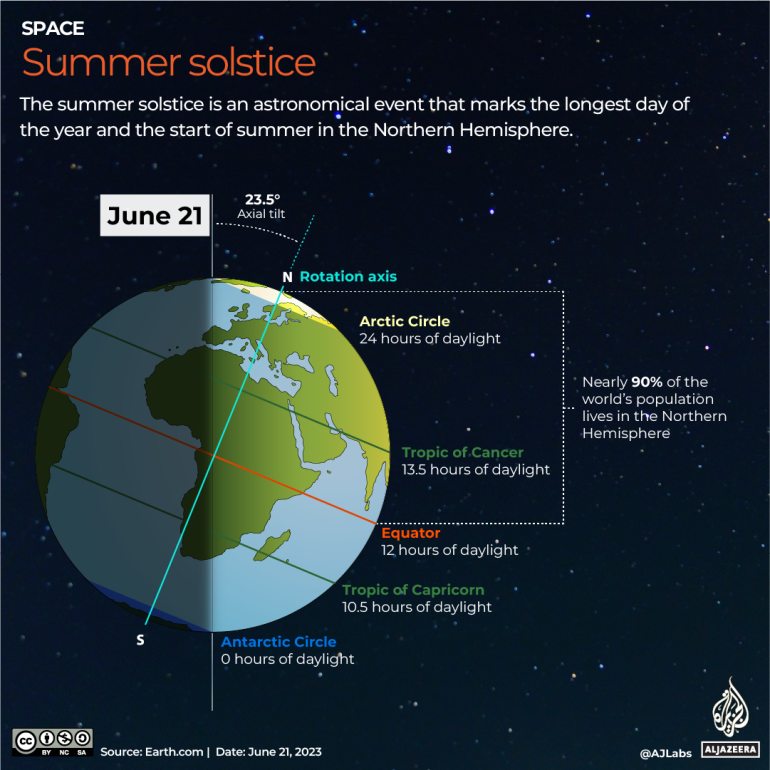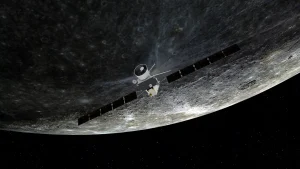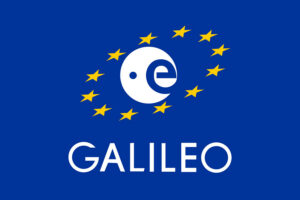Summer Solstice 2023: The Start of Summer and the Longest Day of the Year
21st Jun 2023
As the Earth orbits the Sun, an enchanting celestial event unfolds—the Summer Solstice on 21th June. This astronomical phenomenon, steeped in cultural traditions and natural wonders, marks the official beginning of summer in the Northern Hemisphere. Let’s delve into the fascinating details surrounding the solstice and uncover the secrets it holds.
What exactly is a solstice?

The solstice derives its name from the Latin words “sol” (Sun) and “stitium” (still or stopped), capturing the essence of this celestial pause. The ancient civilizations possessed a keen awareness of the sun’s celestial journey, as they observed its shifting path across the sky, the varying lengths of daylight, and the changing positions of sunrise and sunset throughout the year.
To honour and understand this cyclical phenomenon, they constructed remarkable monuments like Stonehenge in England and Machu Picchu in Peru, meticulously aligning them with the sun’s annual progression.
In modern times, we have unravelled the mysteries behind the solstice. It arises from Earth’s tilt on its axis and its graceful dance around the sun. You see, our planet doesn’t orbit upright in relation to the plane of its revolution. Instead, it tilts at an angle of approximately 23 1/2 degrees. This tilt plays a pivotal role, causing the Northern and Southern Hemispheres to trade places in receiving the sun’s direct light and warmth throughout the year.
Surprisingly, it is this tilt, not our distance from the sun, that gives rise to winter and summer. In January, when the Northern Hemisphere experiences winter, Earth is actually closest to the sun. Conversely, during the Northern Hemisphere’s summer in July, our planet is farthest from the sun. It’s a fascinating revelation that showcases the profound influence of Earth’s axial tilt on our seasons.
So, the June solstice occurs when the Sun reaches its highest and northernmost point in the sky, as observed from the Northern Hemisphere. Conversely, in the Southern Hemisphere, this event heralds the astronomical start of winter when the Sun sinks to its lowest point.
How to spot the signs of the June solstice in nature?
Well, the answer is simple: look everywhere!
If you happen to reside in the Northern Hemisphere, cast your gaze upon the early dawns that grace the horizon and the lingering sunsets that paint the sky in a breathtaking palette of colors. Take note of the sun’s lofty trajectory across the heavens, its radiant arc growing ever higher each passing day. And don’t forget to steal a glance at your noontime shadow, my friend. During the solstice period, it will be at its shortest, a mere whisper of a shadow, marking this day as the pinnacle of sunlit glory.
When is the June solstice going to happen? It occurs on Wednesday, June 21, 2023, at 15:58 P.M. BST (10:58 A.M. EDT).
After the solstice, the Sun appears to reverse course and head back in the opposite direction. The motion referred to here is the apparent path of the Sun when one views its position in the sky at the same time each day, for example, at local noon. Over the year, its path forms a sort of flattened figure eight, called an analemma. Of course, the Sun itself is not moving. Instead, this change in position in the sky that we on Earth notice is caused by the tilt of Earth’s axis as it orbits the Sun, as well as Earth’s elliptical, rather than circular, orbit.
Whether you’re welcoming summer in the Northern Hemisphere or embracing the arrival of winter in the Southern Hemisphere, take a moment to appreciate the cyclical nature of our planet’s journey around the sun. Stay tuned for more updates as we continue to explore the wonders of our solar system and the mysteries it holds.
![Beauty of the Pink Moon And Lyrid Meteor Shower in This Week’s Best Astrophotos [19-26 April] Beauty of the Pink Moon And Lyrid Meteor Shower in This Week’s Best Astrophotos [19-26 April]](https://orbitaltoday.com/wp-content/uploads/2024/04/Pink-Moon-is-on-its-way-above-the-mountains-1-300x300.jpg)





Thank you for your comment! It will be visible on the site after moderation.